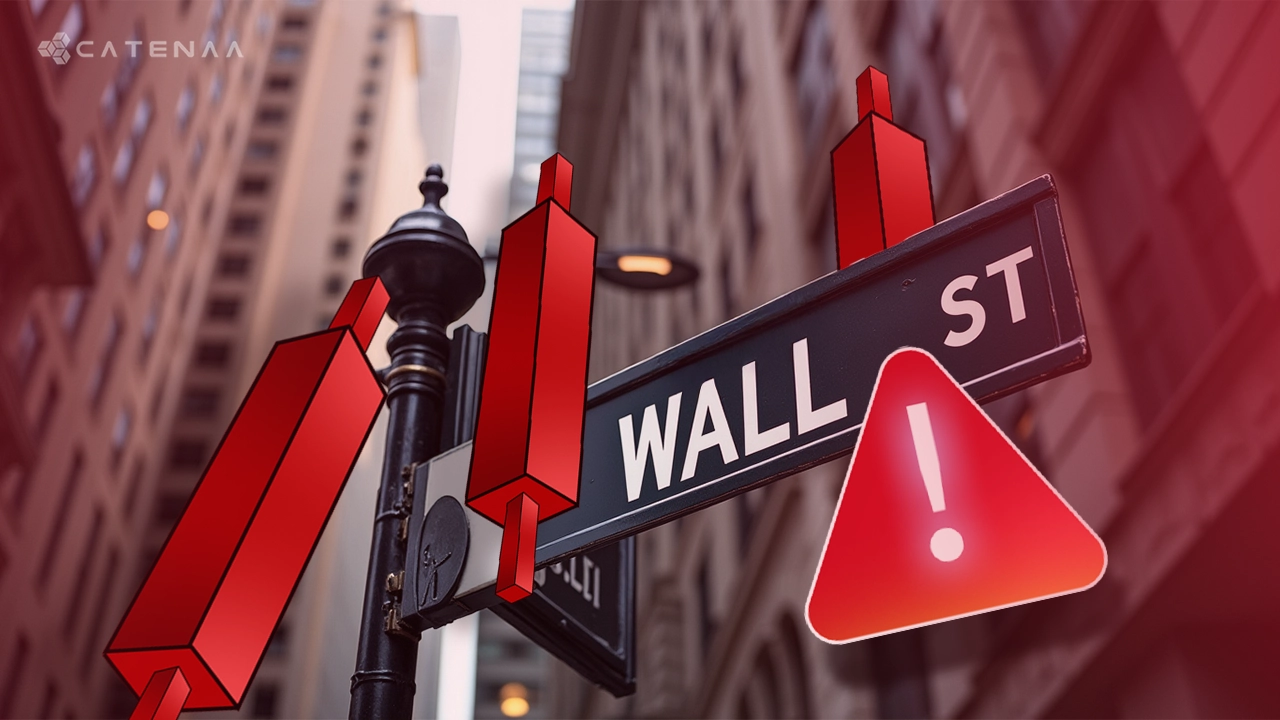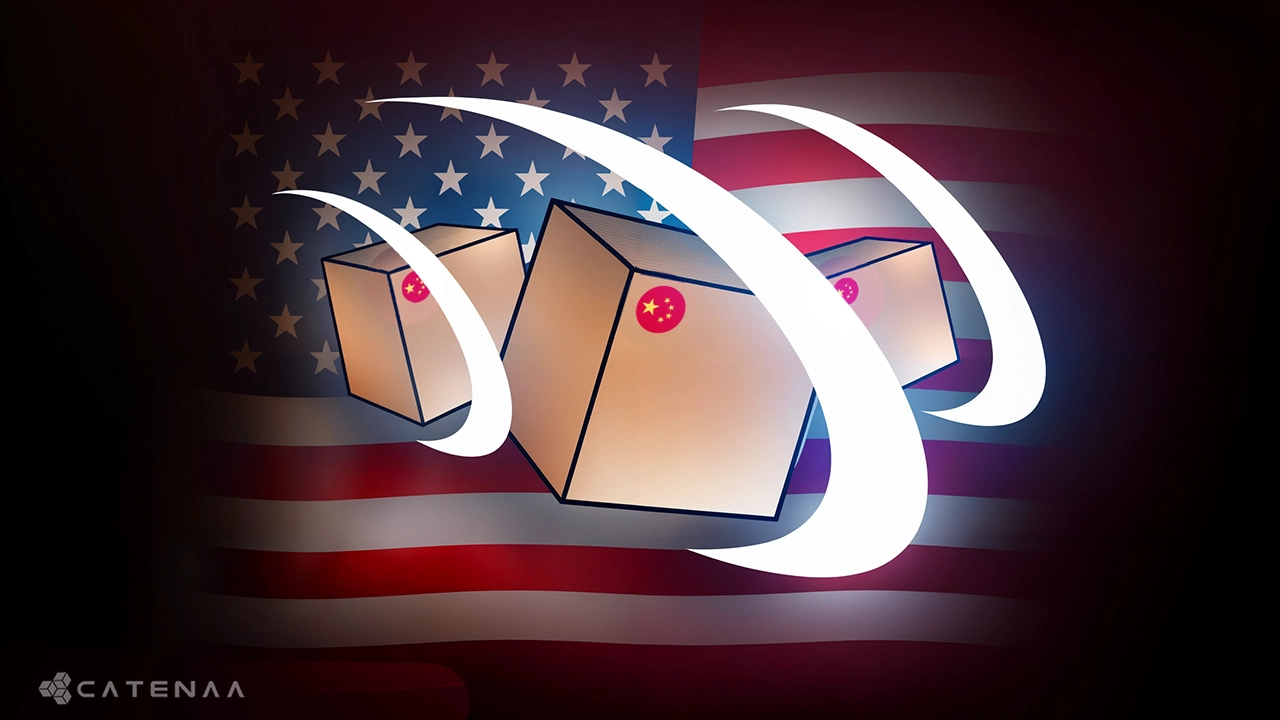Catenaa, Wednesday, May 14, 2025- Wall Street’s fear gauge, the Cboe Volatility Index (VIX), experienced a historic and rapid decline this week, signaling a possible market rebound after a tumultuous period.
The VIX fell to 18.22 on Tuesday, down from a high of over 40 in early April, marking the fastest drop in its history.
The sharp drop indicates a shift from intense market anxiety to a more optimistic outlook, especially after President Donald Trump’s tariff-related policies sparked initial volatility.
The VIX’s sharp retreat follows the easing of trade tensions between the US and China, which led to significant tariff reductions over the weekend.
After China and the US agreed to a temporary reduction in tariffs to 30% from as high as 145%, Wall Street responded positively, with analysts dialing back recession forecasts and investors showing optimism that future trade deals will yield even lower tariffs.
Market experts note that historically, such a rapid decrease in the VIX has been followed by positive stock market performance.
Bespoke Investment Group highlighted that, following similar declines in the past, the S&P 500 saw gains across various time frames.
The S&P 500 ended Tuesday up 0.1%, marking its first positive close for the year since February.
Despite this optimism, some analysts caution that the tariffs still remain high, and concerns about inflation and economic slowdown persist. Wells Fargo expects the S&P 500 to finish the year at 6,000, while Goldman Sachs raised its 2025 growth forecast by 0.5%.


